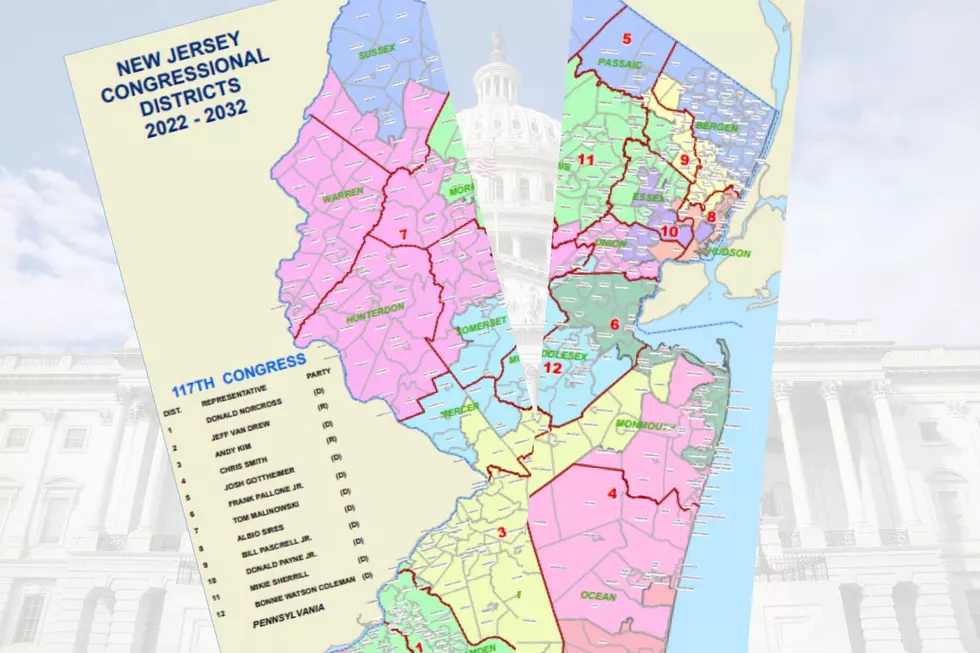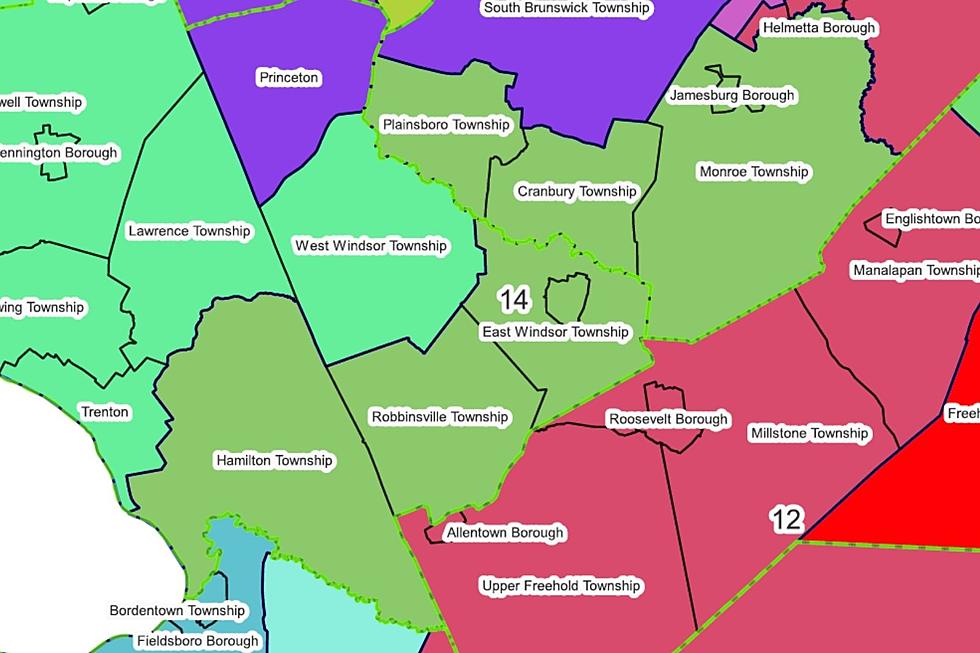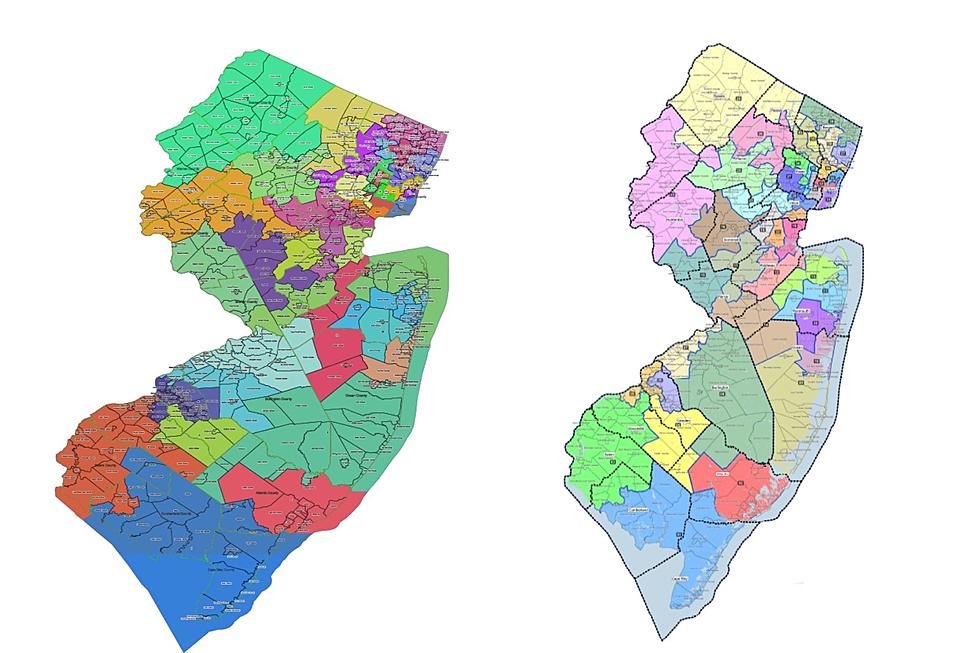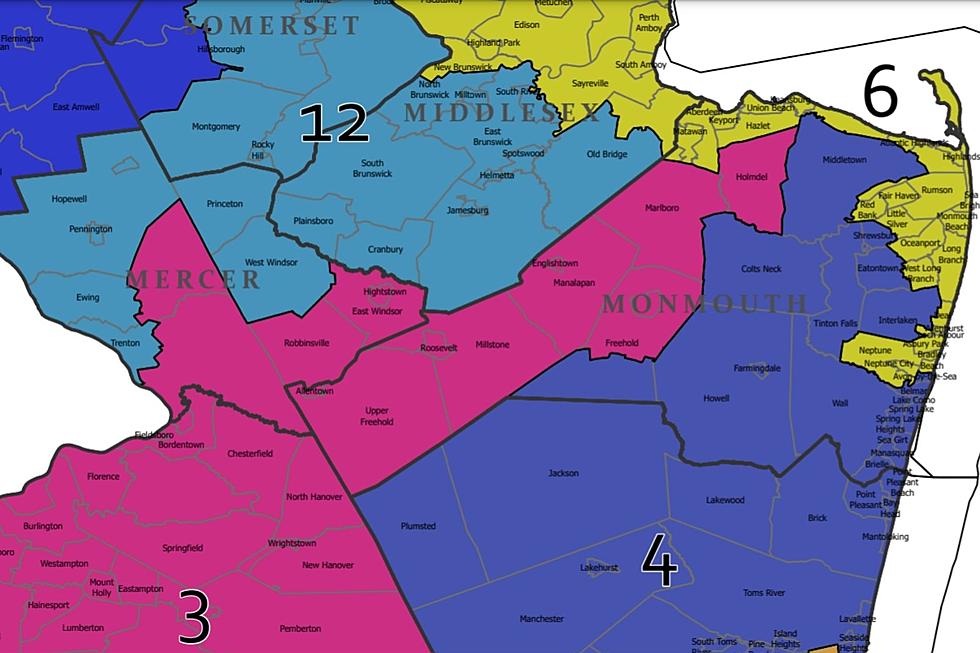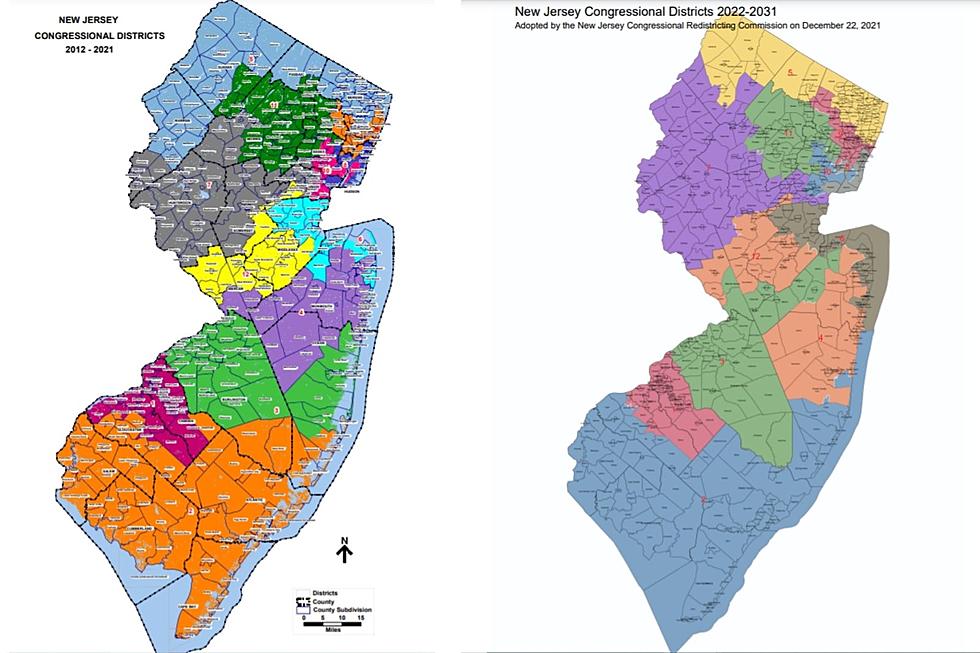
Census results add to redistricting challenge for NJ Republicans
TRENTON – The main purpose for the once-a-decade census is to reallocate political power – first the number of seats each state gets in the House of Representatives, then the map boundaries of election districts for Congress and state legislatures.
Last Thursday’s arrival of census results means the process of redrawing those boundaries can begin. Congressional redistricting will come first, which is opposite from the usual pattern, but the late delivery of the count due to the pandemic means this year’s state elections will still use the map drawn in 2011.
The state keeps its 12 congressional districts – but seven must add residents while five contract, as all must have equal populations.
The 2nd District represented by Republican Jeff Van Drew must grow the most, as it actually shrank in the last decade. Rider University political scientist Micah Rasmussen said the change will be interesting.

“Everybody says resist the temptation to start mapmaking right away, that kind of thing, but the only situation that I can see is for Van Drew’s district to start going even further north along the coast,” Rasmussen said.
Both districts that border Van Drew’s also need to add residents – the 1st District, represented by Democrat Donald Norcross and the 3rd District of Democrat Andy Kim. Once the 2nd District takes in population from one or both of those, at least one of those two districts will push further north.
For Republicans looking to dig out of the minority on both the federal and state levels, including a 10-2 deficit in the House delegation, the population counts aren’t doing them any favors.
Rasmussen said Republicans had a challenge just by virtue of the Democrats’ million-plus voter registration edge.
“There are only so many ways to slice and dice that kind of an advantage so that you can try and minimize it,” he said.
The shift in growth toward cities compounds that. Democrats control nine of the 10 counties that are growing fastest, while Republicans are in charge in seven of the 10 that grew the least or lost residents. The six smallest state legislative districts are all Republican, and 12 of the 15 districts with GOP state senators must add towns and residents.
“Where do you gain and how do you gain areas that are going to be friendly terrain?” Rasmussen said. “If there’s no more Republican friendly terrain in the state, then the areas that you’re going to have to start taking on are going to be Democratic areas. And that’s really a problem, and it spells out the challenge I think for Republicans.”

The good news for Democrats about their growing city strongholds also poses a bit of a political balancing act – as the state urbanizes and the party’s center of gravity tilts toward its cities, they will also have to protect their gains in the suburbs.
“Democrats will always have to be careful if they go in that direction because you don’t want to lose all the gain that you’ve made in the suburbs – winning in places like Somerset, controlling places like Burlington,” Rasmussen said. “They have won over a lot of former Republican strongholds in the state where there’s a lot of population still centered. That is a trick for them. They’ve got to be all things to all people.”
Rasmussen said it’s striking how many of the state’s residents live in Democrat-controlled political districts – 72% in blue counties, 83% in blue congressional districts, 63% in blue legislative districts.
First Responders Appreciation
More From Beach Radio
